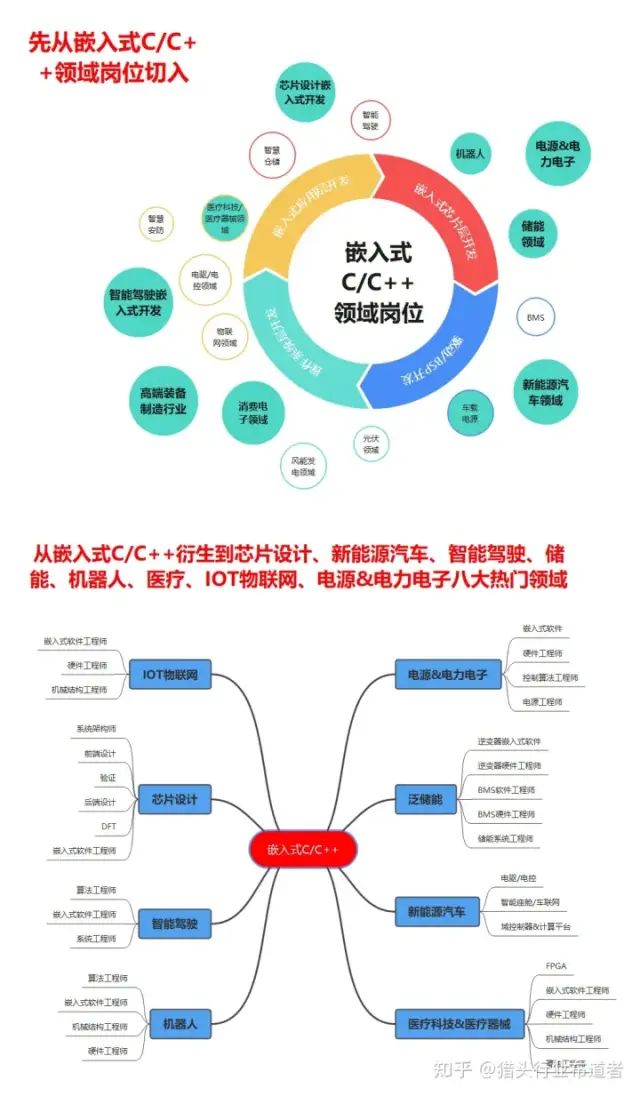
2012-2021 was the golden decade for the headhunting industry. I remember that in 2011, there were only a few thousand headhunters nationwide, but by 2016, there were about 200,000, and in 2019, it reached 420,000. The rapid growth of the headhunting industry during this period was mainly due to the rapid development of five major industries: internet, real estate, finance, fast-moving consumer goods, and healthcare.
However, in 2022, internet orders plummeted dramatically, with internet education orders almost disappearing overnight. Real estate orders declined even more severely than those in the internet sector, and the demand in the finance sector sharply decreased under strict national policies, including various forms of “shadow banking”, “internet lending”, and “fintech”. The fast-moving consumer goods sector barely maintained its status, while healthcare continued to develop due to its essential nature.
The Chinese economy is essentially undergoing a painful transformation.
A typical characteristic of this transformation is shifting the economy from an investment-driven model to a technology research and development-driven model.
From 2022-2025, five sectors in the headhunting industry will maintain stable and rapid growth, which are also the core of China’s economic transformation.
1: Technology Industry
This includes the entire field of embedded C/C++, chip design, underlying internet technologies, smart driving (still in doubt), robotics, smart logistics, the metaverse, overseas business, and cloud computing (cloud computing is expected to normalize in 2023 after rapid expansion over the past two years), as well as consumer IOT.
2: New Energy Vehicle Industry
This encompasses new energy vehicle manufacturers, electric drives, electric controls, lithium batteries, computing & domain controllers, vehicle networking, smart cockpits, power electronics supporting enterprises, and OBC.
3: Energy Storage and New Energy Materials
This includes lithium batteries (including sodium batteries), photovoltaics (with the energy crisis, the growth of the civilian photovoltaic sector is expected to accelerate), wind energy (still in doubt), power generation/storage, virtual power stations, vehicle-mounted power supplies (outdoor energy storage), charging piles/stations, and new energy materials.
4: Healthcare Sector
This includes pharmaceutical research and development, medical technology, medical devices, healthcare distribution, and the big health industry.
5: Advanced Equipment Manufacturing Industry
This includes semiconductor equipment, new energy equipment, automotive manufacturing equipment, industrial robots, other specialized equipment manufacturing, and industrial internet & smart manufacturing (though the speed is somewhat slow).
Many headhunters are also experiencing a painful transformation. The first question in this transformation is:
How should headhunters choose the right industry for themselves?
The overall principle for headhunters in selecting an industry is that while popularity is important, building a competitive barrier in the industry is even more critical.
Starting from 2022, the skills that can form a high-performance barrier for headhunters include six aspects:
1: Professional Skill Capability
Professional skills mainly consist of three aspects: analyzing high-difficulty job descriptions, recognizing complex resumes, and the ability to combine and search complex keywords.
2: Professional Analysis Capability
This mainly consists of two aspects: in-depth industry analysis from scratch and in-depth background checks on clients, as well as analyzing core competitive capabilities of clients.
3: Industry Talent Accumulation
This includes accumulating over 2000 high-potential candidates in a single job cluster within a niche field and maintaining a five-level talent database.
4: Deep-Dive Capability
This includes four aspects: job reconstruction ability, deep social networking with candidates, deep talent mapping, and targeted talent acquisition capabilities.
5: Candidate Career Planning Capability
6: Quality Client Business Development Capability
This consists of three aspects: a delivery-centered deep business development model, a reverse headhunting model, and an all-industry business development model.
The core differences that determine whether candidates can receive offers and whether orders can be closed vary significantly across industries.
Even for different positions within the same industry, the skill barriers required for headhunters may be completely different.
The ideal logic for headhunters in choosing an industry is as follows:
1: Conduct a deep analysis of their own headhunting skill barriers.
2: Conduct a deep analysis of the skill barriers required for closing orders in different industries and positions.
3: Ensure that the skill barriers possessed by headhunters align perfectly with the skill barriers required to close orders in the industry and positions.
4: The closer the match, the better the prospects and performance of the headhunter in that industry.
锐仕方达、埃摩森、猎头读物、写好简历、猎头BD教程
Previous Quality Content:
-
Not sure what to say…😅
-
2021 List of Excellent Domestic Headhunting Companies!
-
Why do I suggest you start a headhunting company? What is the first thing to do when starting a headhunting company?
-
What should a headhunter do if they haven’t achieved any results in three months?
-
Laid off! 39-year-old Alibaba P9, saved 150 million…
-
Why I advise you to do well in headhunting! The biggest advantage of the headhunting profession is its anti-fragile nature!
-
Highly praised on Zhihu: Headhunting mindset for over 3 million in returns